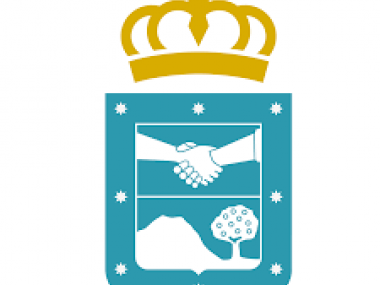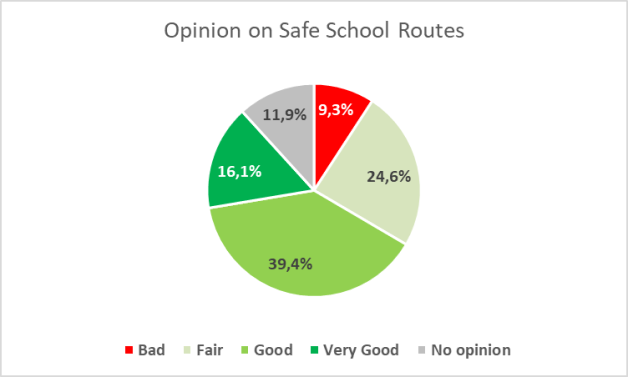Creating space for people starts with talking to people
Edited on
12 August 2021Guía de Isora is characterised by its polycentric structure of 17 villages with 3 main centres and an overall low population density with about 21,000 inhabitants spreading out over 14,343 km². Public transport services face challenges from low ridership and the high quantity of needed connections to provide a good travel option between the villages thus, for residents and visitors alike. Consequently, the main mode chosen to travel between the villages is cars coming along with using much of the available public space for roads and parking. Guía de Isora strives to provide attractive and safe public spaces, however. Starting with the centre of the main village, Guia de Isora Casco, the city plans to apply pilots for testing how changes are met by people. But to safeguard a good start to the pilots, they simply asked people on their problems and needs!

During spring 2021, the city ran a survey to all visitors to the centre of Guía de Isora. The main purpose was to learn on the problems people encounter when travelling to the centre, the time these problems occur the most and what mode of transport people are using. The survey was targeted at all people, no matter if residents, commuters, visitors, or tourists. The survey was spread employing a multitude of institutions as multipliers and in person in Guía de Isora Casco. It received 239 answers.
Respondents see the main problem for the centre of Guía de Isora in a lack of parking areas. Second came the lack of walking options, be it walking (or jogging) lanes or pedestrian zones. Cross referencing the results on this question with the time people visit the centre revealed that leisure time related provisions such as cycling lanes see a stronger demand at weekends.

Responding the lack of cycling lanes as a problem correlates with younger age groups, while the lack of pedestrian zones gets stronger in older age groups. However, the lack of parking areas is the most frequent answer for almost all groups.
The two most mentioned challenges for mobility in the centre of Guía de Isora correspond to the means of transport people use for moving in the centre: Almost 70% indicate to use their own car followed by close to 50% of respondents walking. Car use sees a peak during workdays while walking is more popular during weekends, stressing the leisure factor of active mobility options. The strong use of cars Monday to Friday corresponds as well with the time people experience traffic congestion the strongest.

Finally, respondents stated their ideas for improvements to the mobility situation in Guía de Isora Casco. These are:
- Providing more parking areas
- Improve pavement conditions
- Create more pedestrian areas
- Create more recreational areas for young people
- Create more bicycle lanes
- Improve road conditions
- Improve the frequency of public transport
- Improve street safety
- Reduce traffic congestion
The survey included a piece of evaluation on one of Guía de Isora’s public space measures during the COVID19 lockdown: in September 2020, Guía de Isora introduced its “Safe School Routes” by rededicating one road lane including on-street parking options to pedestrian access routes for schools. The scheme is effective during main school start and end times (08:00 – 09:000 and 13:30 – 14:30) at the main locations in the three population centres of the city.
People were asked about their opinion on this measure. Most persons (55,5%) thought it good or very good with another 24,6% rating it as fair. 9,3% of respondents rated the measure as bad while about 12% did not give an opinion. Overall, this school safety related measure met high acceptance.

As a lesson learnt out of the survey, the Municipality of Guía de Isora is now organising and running a pilot on how to improve access to and moving around in the centre of Guiá de Isora. Learn on their plans and experiences in one of our next articles in the coming weeks!
Submitted by Claus Kollinger on
